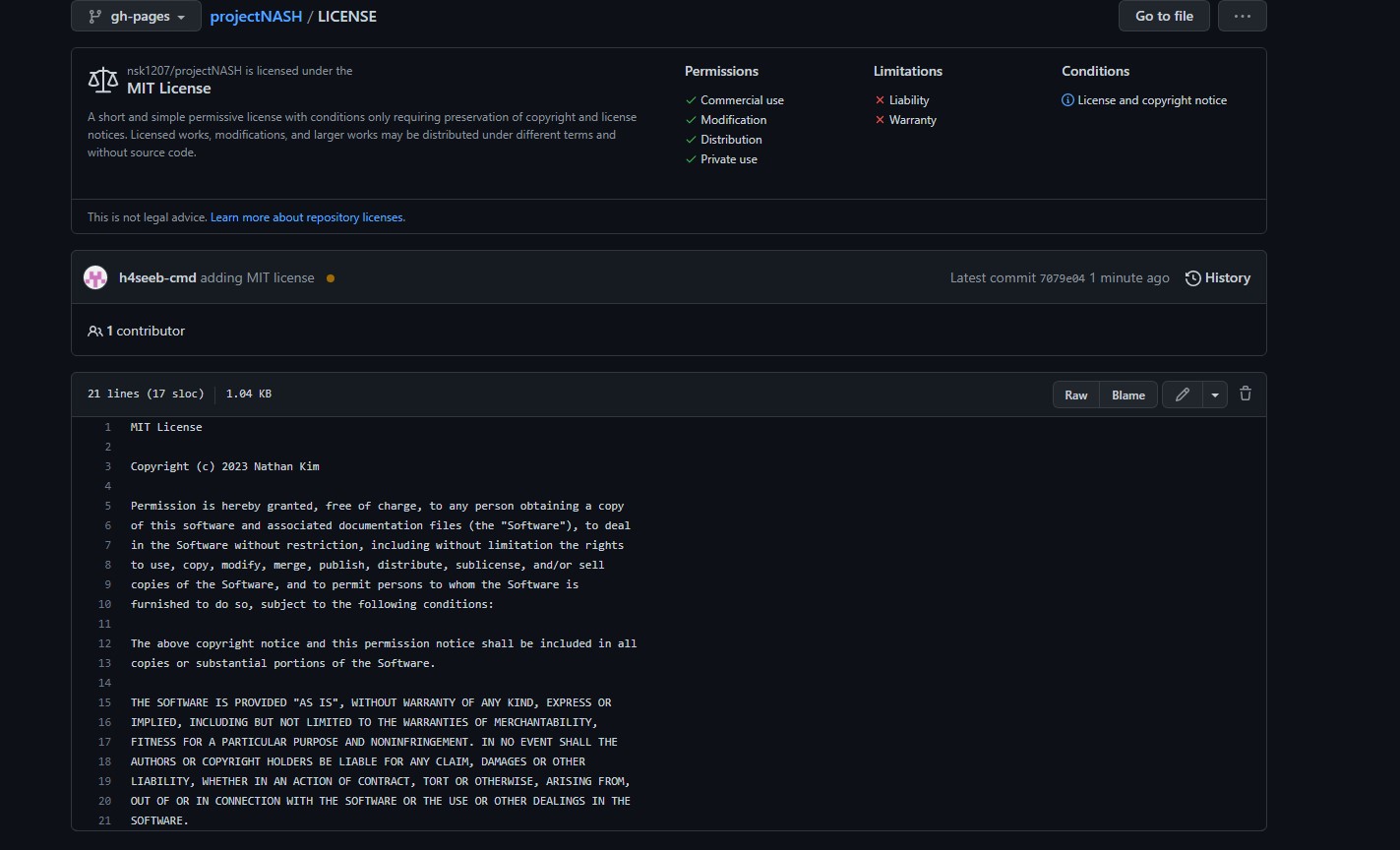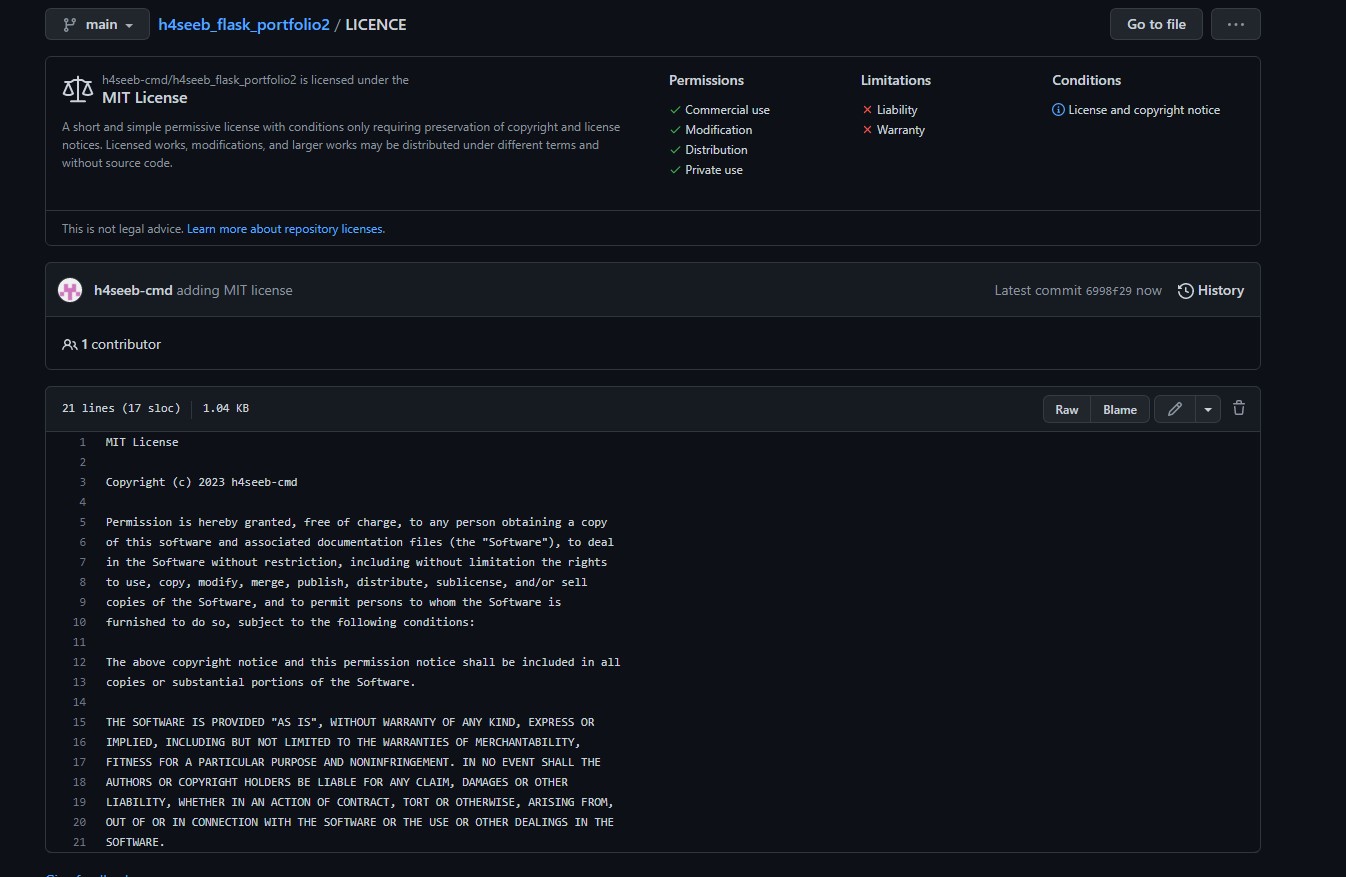Big Idea 5.5!
My thoughts on the Big Idea 5.5 talk.
- Licenses Notes
- Different Types of Licenses and What They Do:
- Pros and Cons of Copyright and Licenses
- Licensing Various Projects and Repositories
Licenses Notes
Licenses are documents that describe the conditions to how you can use the intellectual property it’s attached to. There are many different types of licesnes, and those licenses allow for different things. For most of my GitHub repositories, they have an Apache 2.0 License.
 The convenient thing about GitHub is that it shows you the license you are using the intellectual property of choice under. As you can see with this Apache 2.0 license here, I can use it for commercial use, modification, distribution, patent use, and private use. I can’t use it for trademarking, liability, or warranty. With different licenses, come different terms and conditions.
The convenient thing about GitHub is that it shows you the license you are using the intellectual property of choice under. As you can see with this Apache 2.0 license here, I can use it for commercial use, modification, distribution, patent use, and private use. I can’t use it for trademarking, liability, or warranty. With different licenses, come different terms and conditions.
Different Types of Licenses and What They Do:
- Creative Commons Zero v1.0 Universal: This license makes it so that the code is 100% open source and can be used and modified for anything.
- Open Source MIT License: This license allows users to code freely to make closed source versions for distribution. This license also makes the user credit the original creator of the work.
- Open Source GPL License: This is sort of like the Creative Commons Zero v1.0 Universal, but it restricts users from being able to distribute closed-source versions. Companies like Qualcomm are very serious about seperating the public code from the private code.
Pros and Cons of Copyright and Licenses
Pros:
- People get credit for their own work.
- People can crack down on intellectual property theft easier.
- The creators can get money for their own work. Cons:
- The whole system can be abused very easily.
- Greatly limits creative freedom and liberties.
- Companies abuse copyright protection to defend things that don’t violate any copyright laws.
Licensing Various Projects and Repositories
For adding a new license, I added the MIT license to my personal repository and group frontend/backend. This makes it so that it’s closed source, and now people who use any of the code will have to credit my group and I, whether that be a shout out, or something in the project description. As for applying the license, it was very easy. I simply made a file, called it LICENSE, then selected the license of choice. Then it prompted me to commit my changes, so I did that.


 (Note that the backend for our project is based off of a clone of my personal repo.)
(Note that the backend for our project is based off of a clone of my personal repo.)